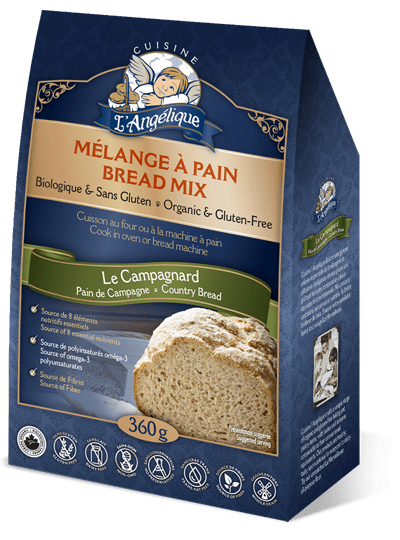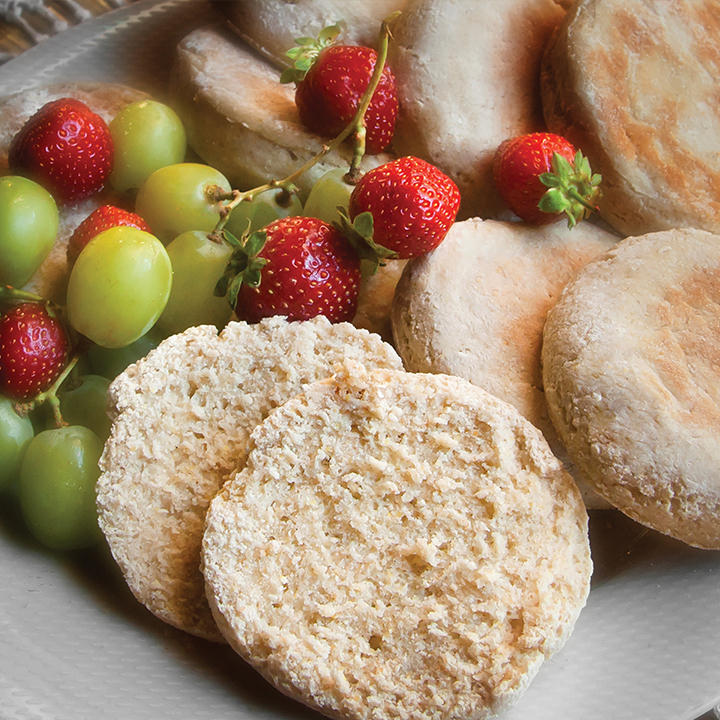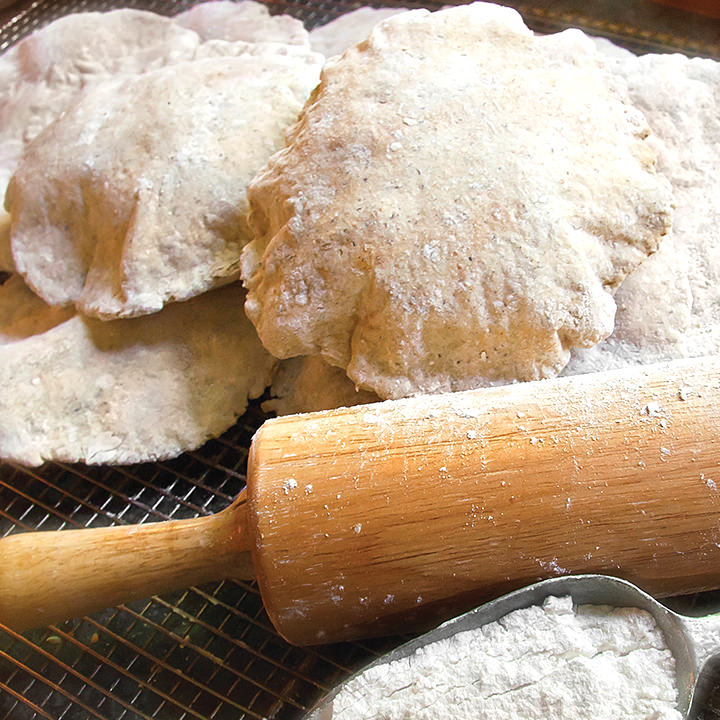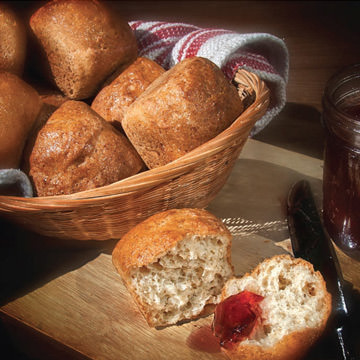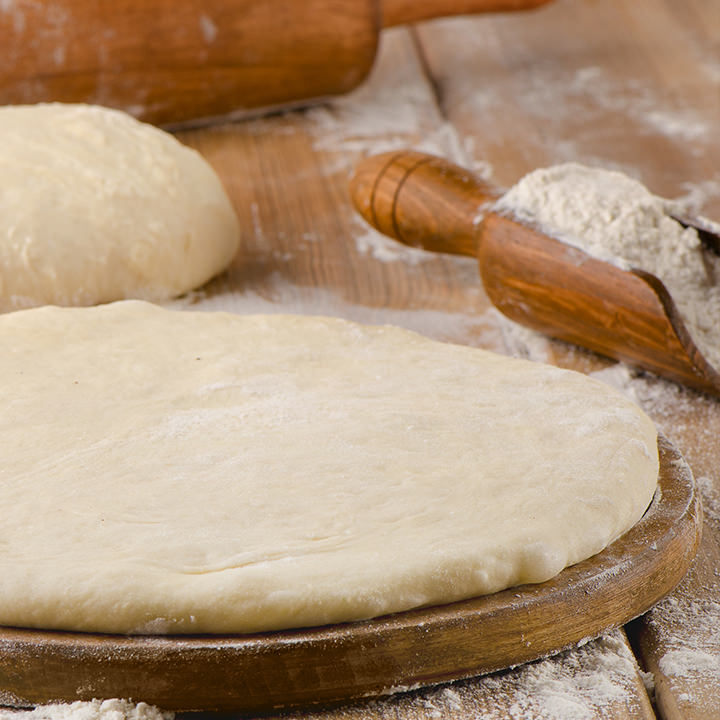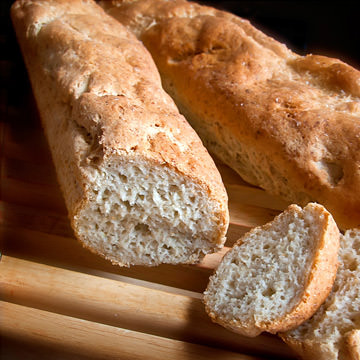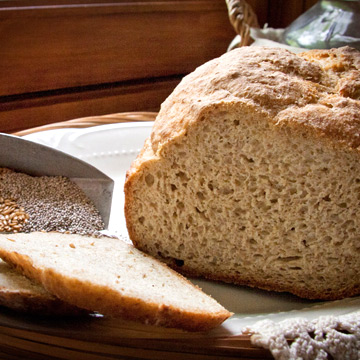Instructions :
Le Campagnard - Oven Recipe Gluten-free, dairy-free (casein-free) and hypotoxic
ORGANIC INGREDIENTS
- 1 pack Le Campagnard bread mix
- 2.5 ml (1/2 tsp.) instant yeast (Lallemand or Fleischmann)
- 360 g (1 1/2 cup) water at 33°C (92°F)
- 30 ml (2 tbsp.) light olive oil
- 30 ml (2 tbsp.) maple syrup or honey
- 5 ml (1 tsp.) apple cider vinegar
PREPARATION IN THE OVEN
- In a stainless steel or a glass bowl, combine bread mix and yeast. Then add warm water, olive oil, maple syrup (or honey) and apple cider vinegar.
- Stir vigorously with a wooden spoon.
- Using a spatula, shape dough into a nice round shape.
- Cover with a warm, humid cloth and let rise 1 hour in the oven with the light on.
- Stir dough once more with a wooden spoon.
- Place dough in a 20 cm x 10 cm (8 x 4 inches) loaf pan lined with parchment paper and spread evenly with a wet spatula.
- Place back in oven with the light on, uncovered. Let rise until it doubles in size (about 50 minutes), without opening the door.
- Then, heat oven to 180 °C (350 °F) leaving bread in the oven without opening the door.
- Bake for approximately 1 hour, until golden brown.
- Carefully remove bread from mould and let cool on a wire rack. Wait until bread has cooled completely before slicing.
Cooking time may vary from oven to oven.
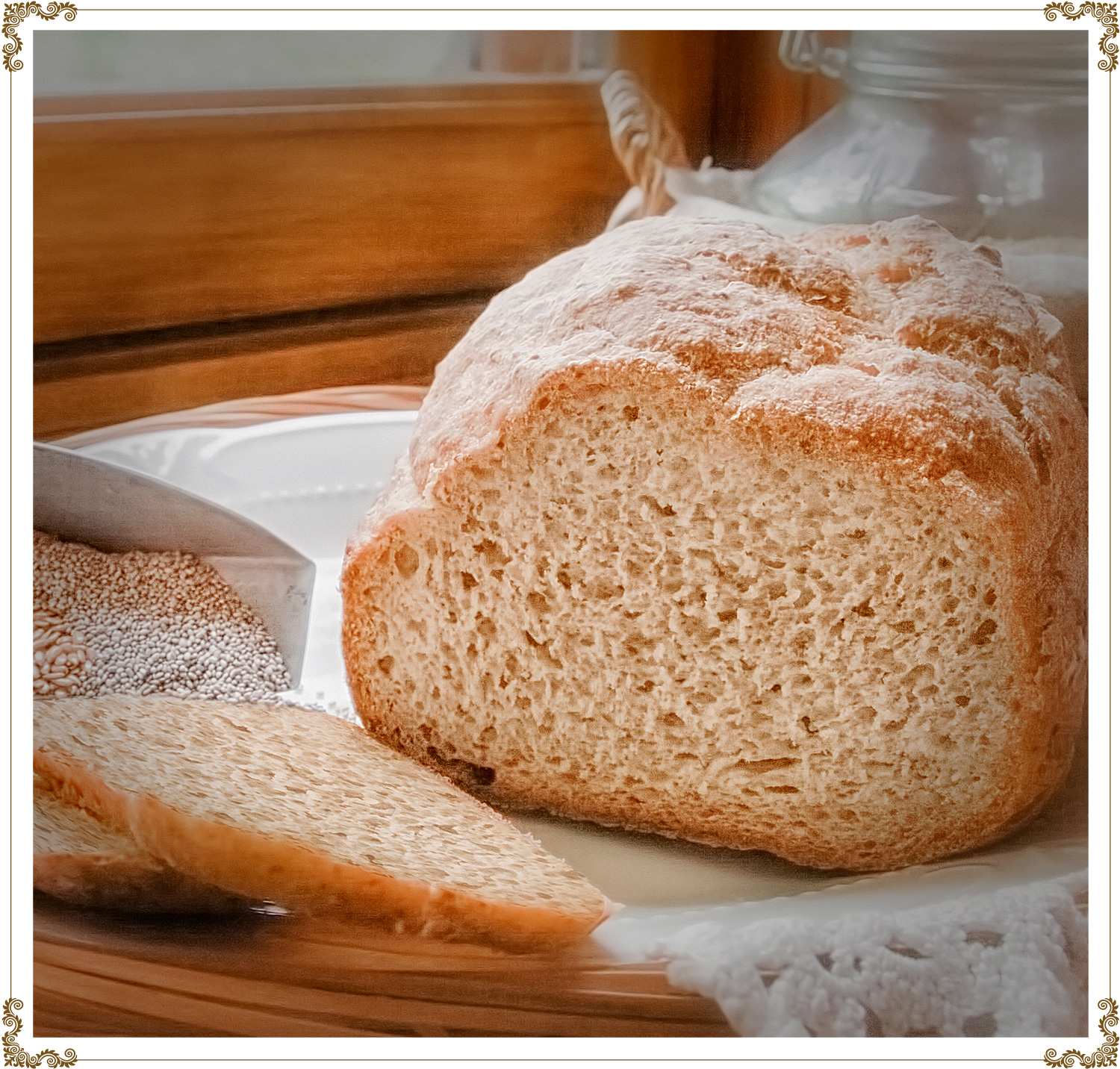
TIP
See the product sheet of this mix to see its nutritional values and ingredients.
This mix also allows you to prepare your bread in the bread machine.
INSTRUCTIONS FOR BREAD MACHINES
SUCCESSFUL BREAD WITH OUR MIX
The art of baking is a science in itself. Each setting of the recipe has its importance. In order to maximize your chances of success, pay close attention to the following factors:
Water temperature
As I often say, one of the essential tools for any good baker is a thermometer. The temperatures required for the recipes must be respected, since gluten-free baking requires even more precision than traditional baking.
The amount of water
The more precision applied to gluten-free, the better the chances of succeeding. The second tool that allows greater precision in baking is the scale. Measuring cups do not have the same accuracy and sometimes a difference of only 30 grams can make a huge difference, especially if gluten-free bread is made without using eggs. So for bread mixes, the weight of water to use is 360 grams. For the recipe with all-purpose flour, the weight will be indicated.
The addition of an egg
For bread mixes, the instructions on the box do not call for eggs. However, you can add one, which will allow your bread to rise more and have an even airier crumb.
The size of the mould
Gluten-free bread has its little quirks...even regarding the size of the mould! It’s important to respect what’s indicated. For bread mixes, the intended size is an 8 x 4 inch mould. You could also use a round mould 7 inches in diameter. Important: do not use a 9 x 5 inch mould for these mixes, the bread will not rise properly.
Yeast
Yeast is used to make bread rise but also to liquefy the dough. A dough that is too liquid will clump when cooked, while a paste that is too thick will not rise enough. So you have to respect the amount of yeast required and make sure you really have a fast-acting yeast. The traditional yeast, which must be activated in water, is not what I use.
To help the first rise
As you will see in the instructions, the first rise is done in the oven, with the light on. Here's my little trick to create the right heat to help your first rise: simply put the oven to ON for exactly one minute and then close it, that’s all. The warmth of the elements combined with the light of the oven will create the perfect heat.
Baking bread
It is often mistakenly thought that the more bread has risen, the better it will be. Remember that yeast makes bread liquefy, and that a loaf that is too liquid will tend to collapse during baking. The bread will be ready to bake as soon as a slight touch of the finger leaves a small imprint, nothing more. The oven should then be started at the required temperature without removing the bread from the oven. The bread will continue to rise and then begin to bake.
Alternative to parchment paper: seeds
To prevent the bread from sticking to the sides of the mould, parchment paper should be used for gluten-free bread. My little trick to skip parchment and have a nice crust topped with seeds is this: Oil the bottom and sides of the mould, and add seeds to thoroughly coat the whole mould: sunflower seeds, hemp, pumpkin, sesame. The bread won't stick and you'll have a simply delicious crust!
